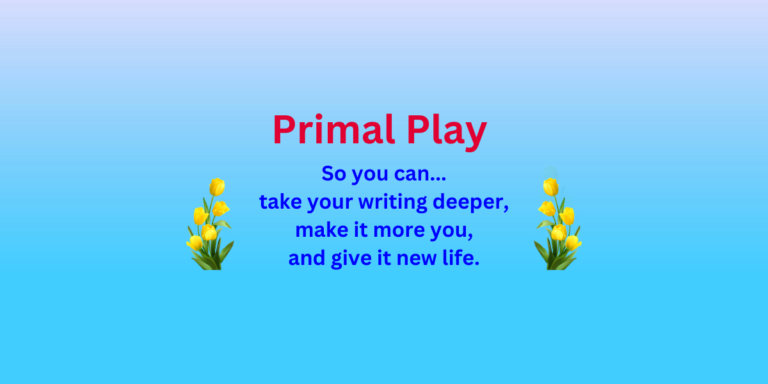3.10 No passive readers, they get to play, too
When I was learning west coast swing, I took a private lesson with my teacher, Kelly. She had me lead her through a song, and at the end, she said to me…
Are you a social worker? You’re doing way too much leading. You’re doing my dancing for me.
Well, I wasn’t surprised because I had quite a collection of co–dependent behaviors. If a friend had a problem, I wanted to fix it for them, without them having to lift a finger.
Things changed later when I got into salsa. I discovered that my favorite thing was to dance with beginners who were trying salsa for the first time. Here’s what I did…
I’d get my partner settled in with the basic step, give her a minute to relax with it, then I’d take her through turns, and when she got those, and relaxed into them, I’d take her through a more complicated figure.
I paid very close attention to her and made her a success. By the end of the song she was all smiles. She was surprised at what she could do.
And I’d tell her, half tongue–in–cheek, and half seriously, “You’re a natural. This is your dance!”
Then I’d watch her go dance with a guy who was much more skilled than I was at salsa, and she would stumble and get lost. And that was because he was paying attention to his own dancing, not to his partner.
She’d come back to me, and be a success again.
I was leading her, but I wasn’t doing her dancing for her. I was asking her to be a real partner. I was asking her to bring her smarts to the steps and her heart to the feel of the dance.
Or I could say it like this: I was leading her by following her following of my leading.
I was careful not to ask too much of her, but I wasn’t babying her either.
I wanted to find the sweet spot where we could both be at our best and have fun playing together.
I think about this experience when I’m writing…
I don’t want to do too much for my reader, but I don’t want to do too little either.
I’m looking for…
The sweet spot.
If you make it too easy for your readers, they turn into passive consumers and the really good readers, the ones you want, get bored and drift away to find something better.
If you make it too hard for your readers, they feel blocked, push away, and left out.
Wendell Berry, in Standing by Words, talks about poets who write just one step across the border into inaccessibility—on purpose!
They tease us. They make it seem like we should be able to understand them, but they make it impossible. Which is not very friendly of them.
Why do they do that? It makes them feel special. Exalted even. They get to posture. They get to pretend to inhabit a rarefied realm that us mere mortals can never attain. They want us to be in awe of them.
If you get the sweet spot just right, your reader will be swept up in your writing as an active participant.
They will feel like your partner. They will feel like…
They are co-creating the story or the message with you.
There’s the saying…
Work hard on your writing so your reader doesn’t have to work hard at reading.
I agree with this, except with the caveat…
SO your read doesn’t have to work too hard at your writing.
Don’t take the fun out of it for your reader.
Now, how do you go about finding the sweet spot with your readers? How do you create a partnership with them?
It helps if you get to know your core audience so well, or imagine them so well that you can lead them through your story or your message, step by step, successfully.
And maybe they end up being a little taken with themselves for the journey they’ve gone on as you guided them.
Another thing you can do is this…
Write a baby version of your story.
Then write a too-hard version of your story.
Then push off from both of them into the area between the two, and there’s your sweet spot.
What are some examples of reader participation?
Screen writers use jump cuts. Instead of dragging us through a tedious expository scene transition, they simply jump from the end of one scene to the beginning of the next one.
Movie audiences are very used to this and enjoy it, because jump cuts are invigorating and participatory.
Stories ask of readers that they make a willing suspension of disbelief.
If they don’t, they won’t get inside the story. And this suspension is not something the writer can do for a reader. They have to do this themselves.
Another example is keeping readers actively engaged by not giving them too much information. You don’t over explain. You honor their intelligence, you assume that they can put things together and make leaps to keep up with you.
Then there’s the best kid of engagement where readers use your work as a catalyst to work their way through a serious transformation. Maybe something they’ve been longing for, maybe for quite a while, and now they’ve done it and they just feel great about themselves, and about you as well.

